 There are two significant measures to get to grips with in astrophysics: distance and brightness.
There are two significant measures to get to grips with in astrophysics: distance and brightness.
Key Concepts
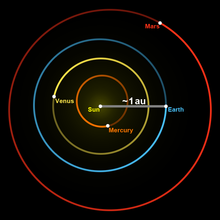 The astronomical unit (AU) is defined as the average distance from the Earth to the Sun. This is 149 597 870 700 m, or the slightly more convenient 150 million km (to 3 sf).
The astronomical unit (AU) is defined as the average distance from the Earth to the Sun. This is 149 597 870 700 m, or the slightly more convenient 150 million km (to 3 sf).
A light year (ly) is the distance travelled by light in one year, equivalent to 9.46 × 1015 m.
To calculate we need two quantities:
- The speed of light, 3 x 108 ms-1.
- The number of seconds in one year (365 x 24 x 60 x 60), 3.15 x 107 s.
Distance = speed x time
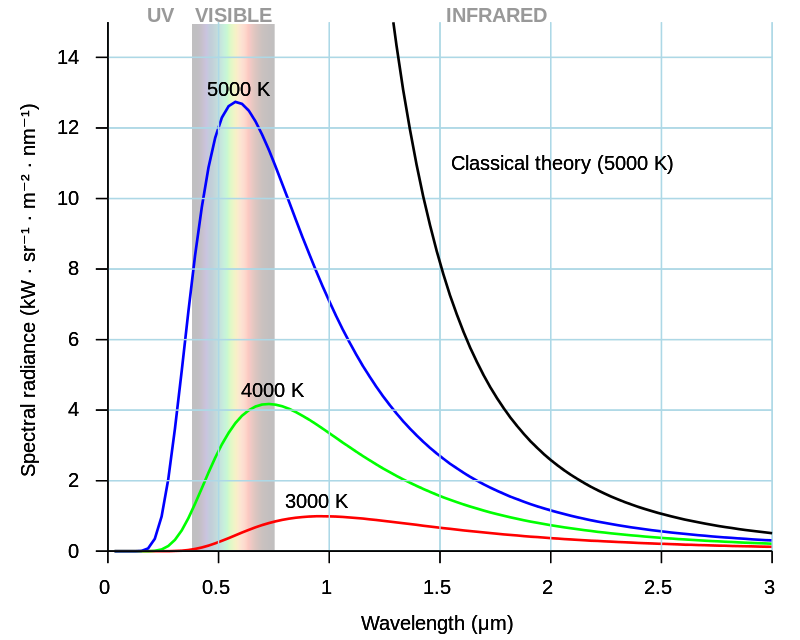
The luminosity of a star is equivalent to its power, the energy released in one second:
\(L= {\Delta E \over t}\)
This luminosity
is also related to the star's temperature:
\(L=\sigma AT^4\)
- \(L\) is the luminosity (W)
- \(\sigma\) is the Stefan-Boltzmann constant (= 5.67 x 10-8 Wm-2K-4)
- \(A\) is the surface area of the star (m2)
- \(T\) is the absolute temperature of the star (K)
How much of Stellar quantities have you understood?


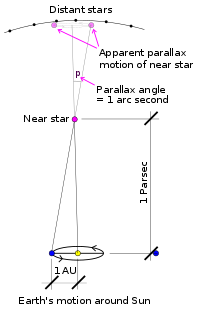 The parsec (pc) is the largest unit of distance and is defined by the technique of parallax.
The parsec (pc) is the largest unit of distance and is defined by the technique of parallax.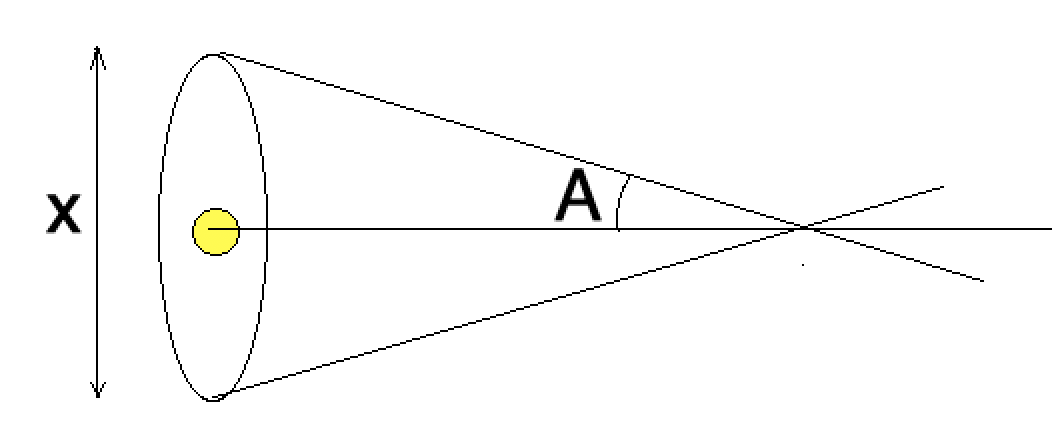

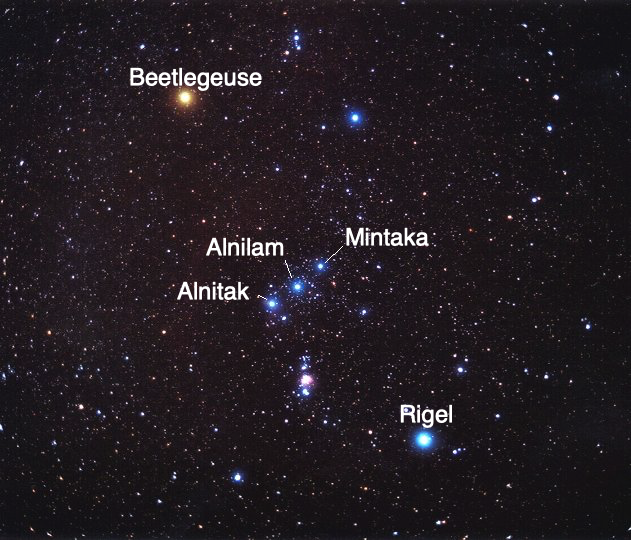
 Twitter
Twitter  Facebook
Facebook  LinkedIn
LinkedIn